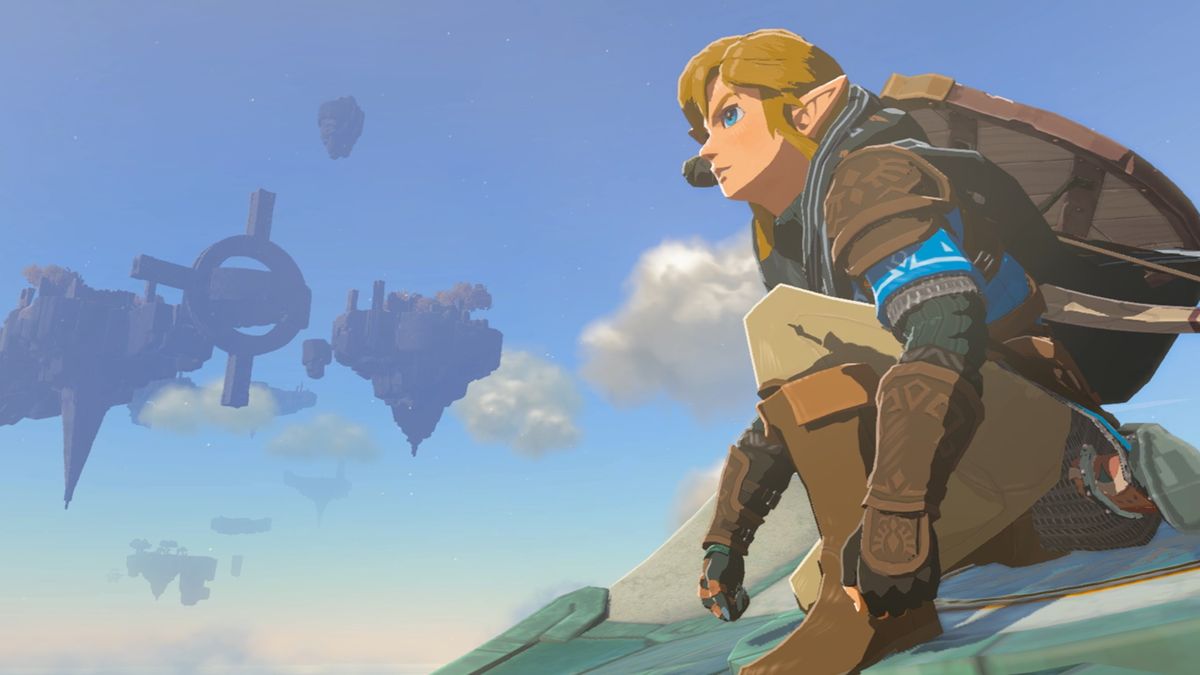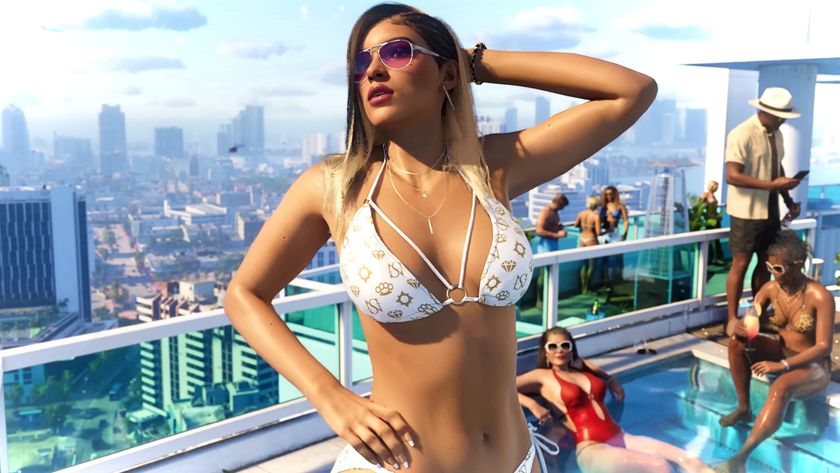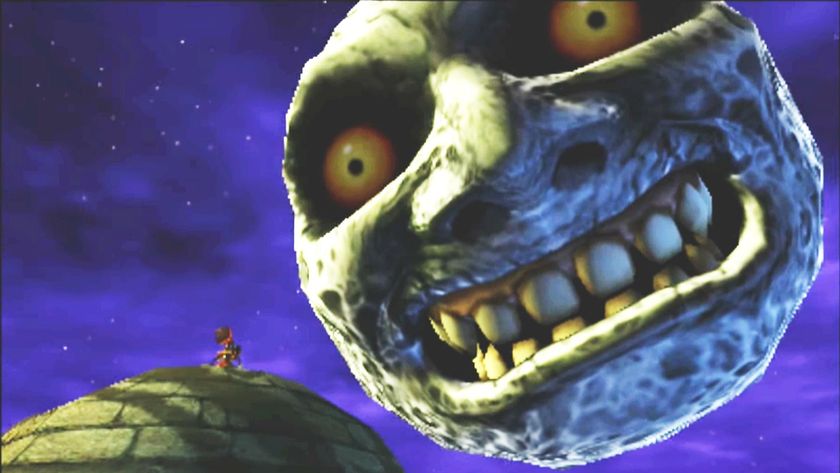Zelda: Tears of the Kingdom runs surprisingly well on Switch, actually
Six years later, Nintendo still knows how to make the most of the Switch

Dozens of glowing reviews for The Legend of Zelda: Tears of the Kingdom have dropped this morning, and one tech-focused evaluation notes that the game runs surprisingly well on the aging Switch hardware.
Like Breath of the Wild, Tears of the Kingdom targets 30 frames per second, and Digital Foundry's John Linneman says that the "game that holds very closely to its 30 FPS target. The majority of my entire run of capture managed to maintain a solid 30 frames per second in most instances which, for the Switch running a game this vast and emergent, is impressive."
That's particularly impressive given how poorly the game seemed to run in some preview videos, which showed dramatic dips in performance any time Link met with any more than a handful of enemies. A patch arrived during the Tears of the Kingdom review period that eliminated the vast majority of performance drops, and obviously that patch will be available the instant everyday players get their hands on the game.
DF says you'll see stable performance throughout the vast majority of Tears of the Kingdom in both TV and portable modes, though there are a handful of notable exceptions - like in Kakariko Village, which was also a frame rate killer in Breath of the Wild. Most performance drops occur when you activate the Ultrahand ability, however. According to this review, using Ultrahand in a busy area is very likely to tank performance. But given how thinly stretched the Switch hardware has felt in recent years, these results are impressive, especially with the assertion that the game is "smooth in terms of frame-pacing and lacks any significant stutter or hitching."
Tears of the Kingdom also looks a bit sharper than Breath of the Wild, thanks to its apparent use of AMD's FSR1 upscaling technology. While there are vastly superior upscaling options available on PC, FSR1 does a nice job making TotK's graphics pop a bit more clearly, though it does introduce some noticeable borders around certain edges. Pop-in for distant objects is less noticeable in the sequel too, however.
The one notable disappointment noted in Digital Foundry's review is that the effects in Tears of the Kingdom don't match the advanced visuals we saw in the game's earliest trailers. If that's the price we pay for stable performance, however, I think the cost is well worthwhile.
Check out our The Legend of Zelda: Tears of the Kingdom review for much more on what to expect from this "rich, robust experience that builds on what came before." Judging by all the praise from around the industry, Tears of the Kingdom is looking like an instant GOTY contender.
Sign up to the 12DOVE Newsletter
Weekly digests, tales from the communities you love, and more
Nintendo's planning one last big Tears of the Kingdom gameplay stream leading up to the game's launch.

Dustin Bailey joined the GamesRadar team as a Staff Writer in May 2022, and is currently based in Missouri. He's been covering games (with occasional dalliances in the worlds of anime and pro wrestling) since 2015, first as a freelancer, then as a news writer at PCGamesN for nearly five years. His love for games was sparked somewhere between Metal Gear Solid 2 and Knights of the Old Republic, and these days you can usually find him splitting his entertainment time between retro gaming, the latest big action-adventure title, or a long haul in American Truck Simulator.

Former Witcher 3 lead says his new vampire RPG Blood of Dawnwalker has a smaller open world because "it feels more like you actually know the place" compared to "behemoths"

Rockstar creates official Discord server and immediately gets flooded by horny Among Us fanart and demands for GTA 6
Most Popular







